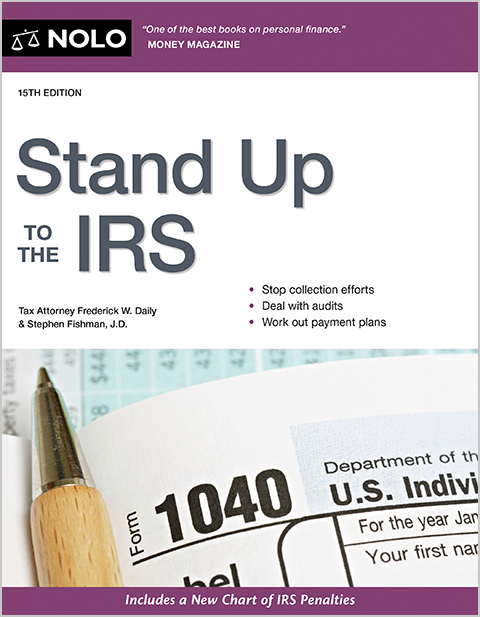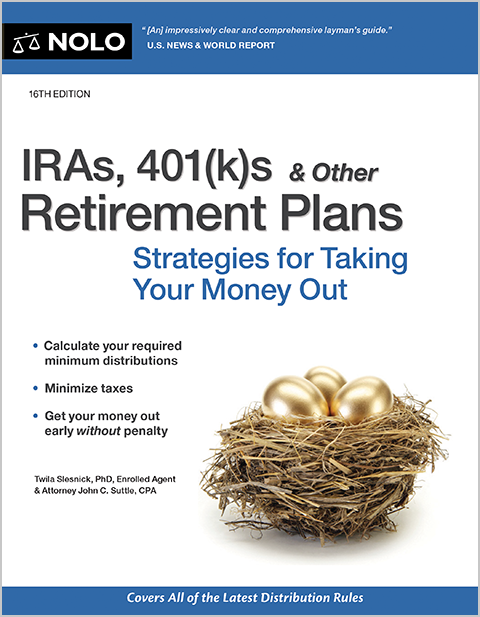Learn about the kiddie tax.
For a long time, a popular tax-saving strategy for high-income families was to funnel unearned income through their children to reduce their overall taxes. The IRS has never been thrilled with this practice and adopted the "kiddie" tax in the 1980s to limit its effectiveness by taxing certain amounts of children's unearned income at a very high rate.
The Tax Cuts and Jobs Act (TCJA), the massive tax reform law that took effect in 2018, made major changes in the kiddie tax that were in effect for 2018 and 2019. However, these proved so unpopular they were repealed in 2019.
What Is the Kiddie Tax?
The kiddie tax applies to the unearned portion of your child's income from investments and savings. The tax applies to people under the age of 18 or dependent students between the ages of 19 and 24 with unearned investment income, such as gains, dividends, and interest.
Without the kiddie tax, parents could shift investments to their child and pay a lower tax rate. The kiddie tax prevents that from happening.
Who Does the Kiddie Tax Apply To?
The kiddie tax only applies to:
- children under age 18 at the end of the tax year,
- children age 19 at the end of the tax year who don't provide more than half their own support with earned income, and
- children under age 24 at the end of the tax year who are full-time students and whose earned income doesn't exceed half of the annual expenses for their support.
To be considered a student, a child must attend school full-time during at least five months of the year. It doesn't matter whether the child is claimed as a dependent on the parent's return. However, the tax doesn't apply to a child under 24 who is married and files a joint tax return.
What Income Is Subject to the Kiddie Tax?
The kiddie tax applies only to unearned income a child receives from income-producing property (or investment property), such as cash, stocks, bonds, mutual funds, and real estate. Any salary or wages that a child earns through full or part-time employment (or self-employment) aren't subject to the kiddie tax rules—that income is taxed at the child's regular income tax rate.
The Kiddie Tax for 2020 and Later
The Setting Every Community Up for Retirement Enhancement Act of 2019 (SECURE Act) repealed the changes made by the TCJA in the kiddie tax. The SECURE Act reinstated the kiddie tax as it was before 2018. This change is mandatory for 2020 and later.
Under these rules, the kiddie tax works like this for 2024 (taxes filed in 2025):
- the first $1,300 (TY 2024) of unearned income is covered by the kiddie tax's standard deduction and isn't taxed
- the next $1,300 (TY 2024) is taxed at the child's tax rate, and
- all amounts over $2,600 (TY 2024) are taxed at the parents' tax rate—that rate can be as high as 37%, as shown below, compared to the 10% rate that most children would be paying.
In 2025 (taxes filed in 2026), the kiddie tax thresholds will rise to $1,350 and $2,700.
See the Instructions for Form 8615, Tax for Certain Children Who Have Unearned Income for more information.
If your child's only income is interest and dividend income (including capital gain distributions) and totals less than $13,000 (2024), you might be able to elect to include that income on your return rather than file a return for your child. See Form 8814, Parents' Election To Report Child's Interest and Dividends.
Still, your child must be required to file a return. For filing requirement information, see the IRS website "Do I need to file a tax return?"
Tax Rates
For tax year 2024, the tax rates are:
- 37% for individual single taxpayers with incomes greater than $609,350 ($731,200 for married couples filing jointly)
- 35% for incomes over $243,725 ($487,450 for married couples filing jointly)
- 32% for incomes over $191,950 ($383,900 for married couples filing jointly)
- 24% for incomes over $100,525 ($201,050 for married couples filing jointly)
- 22% for incomes over $47,150 ($94,300 for married couples filing jointly)
- 12% for incomes over $11,600 ($23,200 for married couples filing jointly), and
- 10% for incomes of single individuals with incomes of $11,600 or less ($23,200 for married couples filing jointly).
Talk to a Tax Pro
To learn more, read IRS Topic no. 553, Tax on a child's investment and other unearned income (kiddie tax).
In some cases, figuring out the kiddie tax can be complex. For example, if a parent has more than one child subject to the kiddie tax, the net unearned income of all the children has to be combined, and a single kiddie tax calculated. If you need help with your taxes, talk to a tax pro, such as a tax lawyer or CPA.
Talk to a Tax Attorney
Need a lawyer? Start here.
How it Works
- Briefly tell us about your case
- Provide your contact information
- Choose attorneys to contact you
- Briefly tell us about your case
- Provide your contact information
- Choose attorneys to contact you

